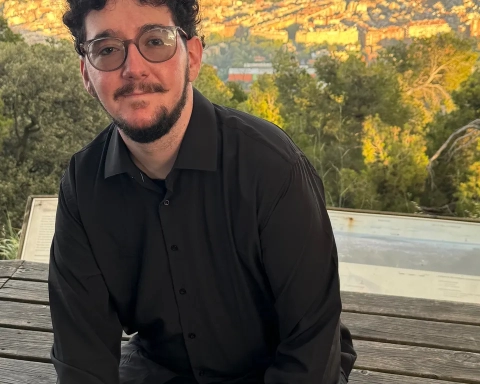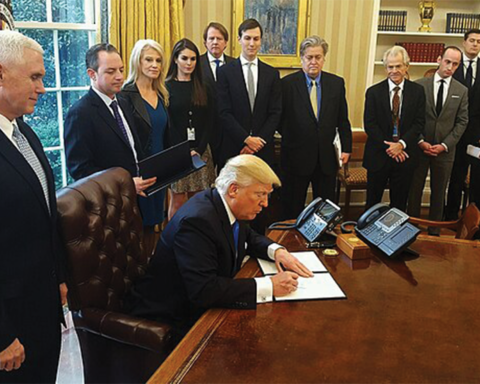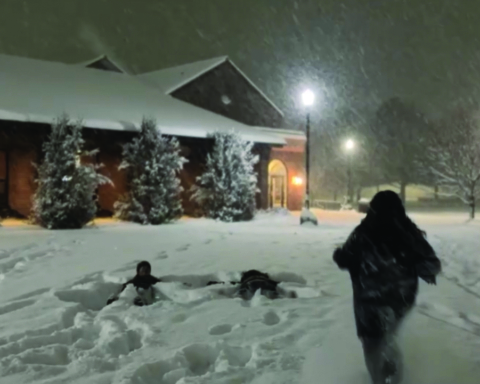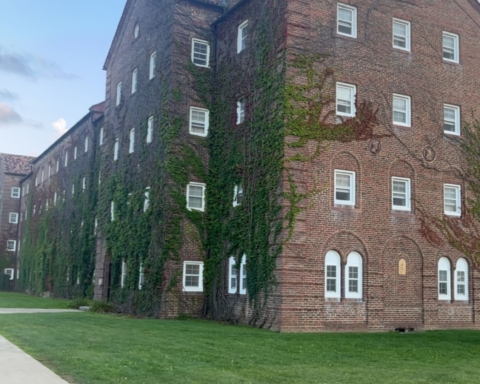
By Samantha Berkhead
Editor-in-Chief
Members of the St. Bonaventure community gathered in the Walsh Amphitheater Wednesday evening for a presentation titled “West Valley in Our Backyard.”
Phil Winger, associate vice president for facilities, and Rich Place, ’09, managing editor of the Salamanca Press, led the presentation, which centered on the town of West Valley, N.Y., the location of a former nuclear reprocessing plant.
From 1966 to 1975, West Valley housed the only private commercial facility for reprocessing spent nuclear fuel ever operated in the United States, according to a 2008 report from the New York State Department of Environmental Conservation.
“The chemicals they were handling were highly radioactive,” Winger said. “At the plant, they took nuclear waste from power plants in the Northeast and separated it into three components. There was a solution of uranium, which could be made back into nuclear reactor fuel; there was also a solution of plutonium, and then the third solution consisted of everything else that was left over, which was high-level radioactive waste.”
When West Valley’s operations were shut down, it left behind 600,000 gallons of this high-level radioactive waste accumulated in an underground tank, along with contaminated soil and a radioactive groundwater runoff, according to the same report.
In 1980, Congress passed the West Valley Demonstration Project Act in a move to clean up and decontaminate the area’s radioactive footprint.
Winger, who worked at the West Valley Demonstration Project for 12 years, discussed his experiences at the facility. He used a slideshow of photos that depicted the plant to accompany his anecdotes.
Place, a native of West Valley, offered a citizen’s perspective on the plant and how it has impacted his community.
The talk coincided with the themes of this year’s All Bonaventure Reads book, “Full Body Burden: Growing Up in the Nuclear Shadow of Rocky Flats” by Kristen Iversen.





